Okupa Travel: A Sunday with Squatters in Barcelona
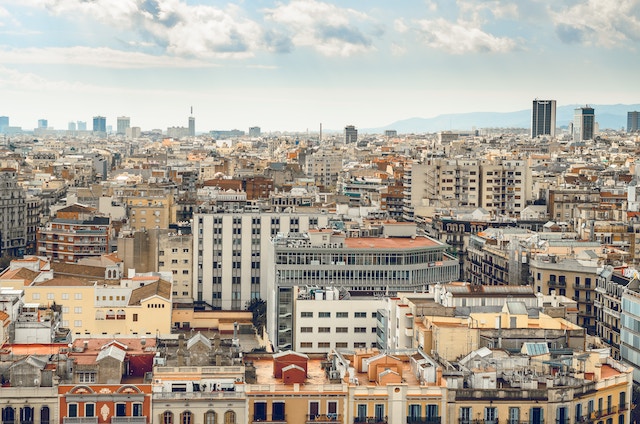
Usually when my college’s study abroad program takes a group excursion here in Barcelona, we visit a museum, or a monastery, or a medieval village where, surprise! — there are more monasteries. While the many monasteries and museums here in Spain are beautiful, there are other sights to see with a little more life.
For our last group outing, we were pleasantly surprised to discover that we would be exploring a part of Barcelona where a lot of study abroad directors would be afraid to take their students: an “Okupa.” When my Spanish host mom asked me if I would need a bocadillo (sandwich) for my Sunday field trip to the Okupa, I told her that I would be eating lunch there. She laughed and said that I must be confused: “There is no way that’s where you’re going!”
In hindsight, I can see why my host mom didn’t believe that I would be visiting an anarchist squatter’s residence, but that is exactly where we went. The term, “Okupa” comes from the Spanish verb “Okupar,” which means to enter and live in an abandoned space. There are approximately 68 Okupa’s in Barcelona, where groups of people have fixed up abandoned buildings to live in order to make a statement against the high price of rent in the city. They claim that the Spanish constitution gives every citizen the right to a home.
A bright hand-painted sign welcomed us in Catalan, or at least I hope it said “welcome.”
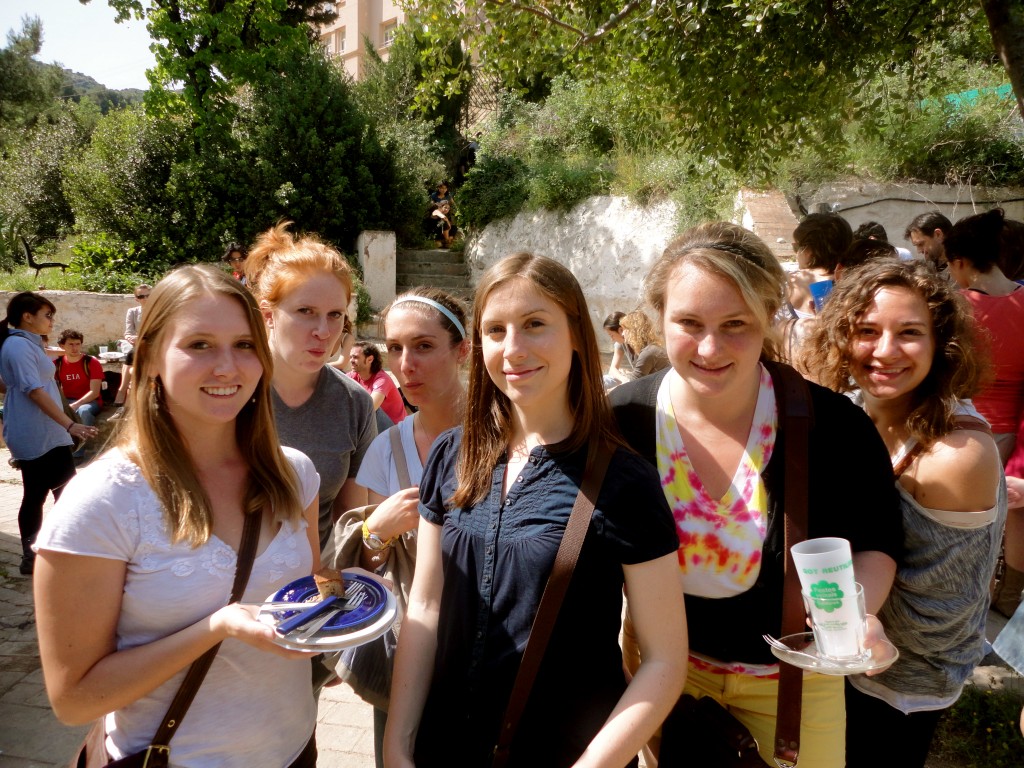
We ventured up the hills near Gaudi’s Parc Guell, where tourists don’t venture, to the “Can Masdeu,” a once abandoned hospital from the seventeenth century that now houses roughly 25 people. The building is large and ancient looking, and is in the typical Spanish style except for a few colorful blankets draped over the windows. It looks out over the hills surrounded by an orchard where the residents and their neighbors have set up a patchwork of eco-minded gardens.
A bright hand-painted sign welcomed us in Catalan, or at least I hope it said “welcome.” We followed the steps up the hill to the old structure. Inside they have a coffee bar that offers organic coffee, juice, homemade treats, and beer. We sat and enjoyed, “suc,” the Catalan word for apple juice, and perused the library of used books while we waited for our tour guide. A Spanish man wearing a skirt made us feel very welcome while we waited, despite some of the anti-American items on display.
The décor was a colorful mix of posters from leftist farming movements, garden equipment for sale, and second-hand furniture. Like our liberal-minded college in the U.S., the Okupa even has a free store where you can find used clothes: nothing goes to waste with the squatters.
The Okupa does not have indoor plumbing, and while their outhouse is cutely decorated, I recommend holding it in or going to the bathroom before you arrive.
About 30 minutes later, our tour guide appeared. There were a few other Spaniards of all ages joining our group on the tour. The first thing the guide explained to us was the bathroom situation. The Okupa does not have indoor plumbing, and while their outhouse is cutely decorated, I recommend holding it in or going to the bathroom before you arrive.
Then we were led on a tour of the gardens around the Okupa. The guide, who is also the head squatter, explained the history of the community at “Can Masdeu,” and their philosophy on teaching gardening in a sustainable way. They have an irrigation system, and filter all of their drinking water from the nearby mountains. Along with the gardens, our guide showed us the former sixteenth century chapel that is now a bike shed and space for dance parties. He also talked about the variety of wildlife just outside the city- feral cats, escaped iguanas, and coyotes.
After our long hour and a half tour in the beaming Barcelona sun, we were all eager for lunch, but not sure what to expect. On Sundays, the Okupa has a big outdoor mid-day meal for only four euros. It is served cafeteria style, where you have to wait in line, and then do your own dishes as if you were on a camping trip. We all agreed that the food was fresh and tasty, because most of it is grown on site.
I feel like Spain has always had a love affair with ham, so a vegan meal was a welcome change.
The menu was vegan of course, and included a tomato stew, black beans, rice, salad, and pureed vegetable soup. I feel like Spain has always had a love affair with ham, so a vegan meal was a welcome change. We had the option of sitting outside on the large patio tables, or sitting inside in the shade. There were maybe about 30 people there enjoying the food and communal spirit that the Okupa had to offer.
I probably won’t venture back to the Okupa, but I am glad that I got to see a part of the city I had no idea existed. If your Spanish is good, you’re into sustainable living, Spanish history, or you’re just tired of cured ham and want a cheap vegan meal, I definitely recommend a visit to the “Can Masdeu.”
Top photo for Okupa Travel: A Sunday with Squatters in Barcelona by Unsplash.


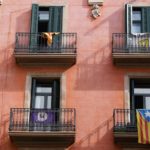
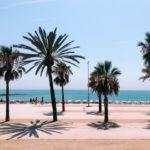

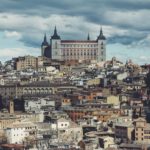


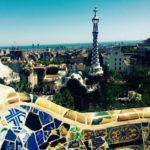
Anna, you’re a wonderful writer. You are having some great life experiences. Thanks for sharing them!
Anna I enjoy reading your stories and adventures. Makes me want to visit you in Span. Keep writing and finding the wonders of the world.